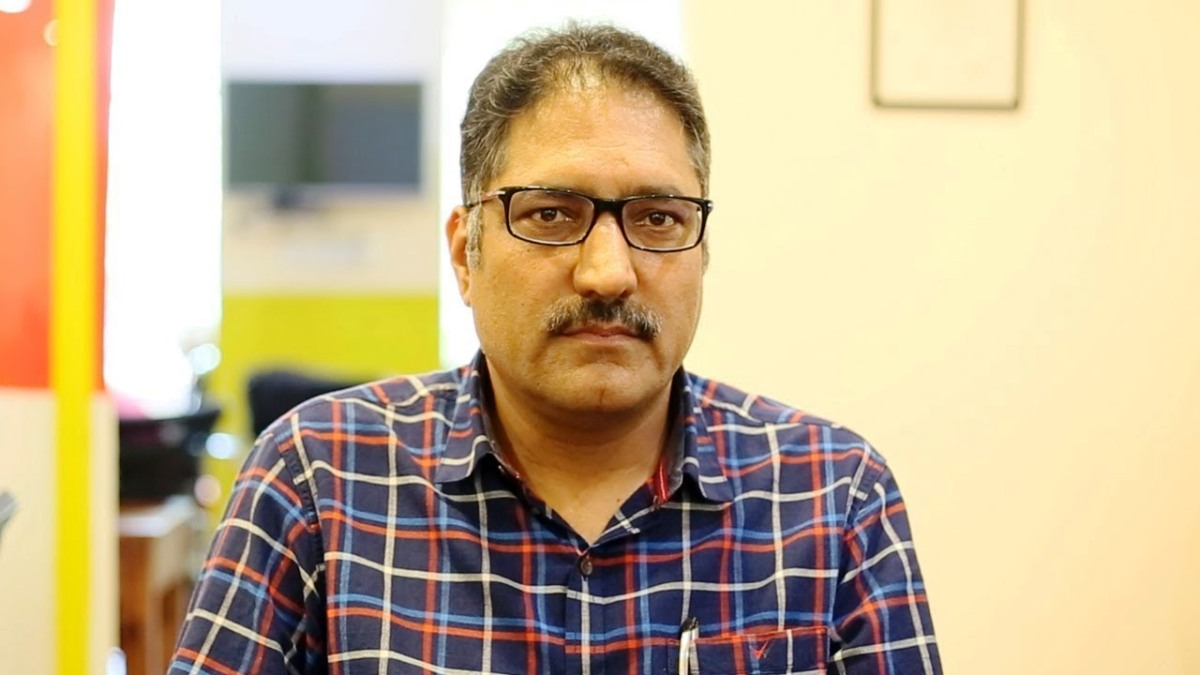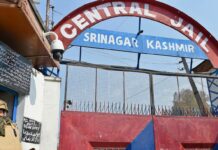With the overall death toll highest in a decade, Aaqib Hyder does not foresee any shift in the next year given the lack of engagement and surge in gun battles

On October 19, the sun had just gone down the horizon when a pregnant mother Firdausa Akhtar went in the courtyard of her house to wash utensils. Located near the 44 RR garrison in Shadimarg (Pulwama), she had barely started the washing when a bullet tore through the tin fencing and hit her in the neck. Soldiers were retaliating to a grenade attack. She succumbed in District hospital Pulwama.
The tragic story of Firdausa paints a grim picture of how the lives of civilians are at a deadly stake in Kashmir on daily basis. Since the killing of Burhan wani on July 8, 2016, civilians are becoming regular casualties in encounters between militants and counter-insurgent forces. People in hoards rush to the encounter sites and try to help trapped militants escape by pelting stones. In the retaliation, they get killed.
In the year 2018, 57 civilians were killed in these encounter-around-incidents as stone-pelters were handled like over ground workers, as Army Chief Bipin Rawat suggested.
Despite countless warnings by the establishment, people are still putting themselves in the line of fire to disrupt military operations.
In comparison to 2017, when 108 civilians were killed, Kashmir witnessed a spike in the civilian killings in 2018. Nearly 150 civilian killings were reported, so far.
Human Rights activist, Mohammad Ahsan Untoo, has already filed petitions in 111 civilian deaths at State Human Rights Commission (SHRC) this year.

“The state in a number of cases has accepted that the people killed were civilians while some have been put in the category of ‘being part of a mob’,” Untoo said. “Take the case of killings in Laroo, the state forces were also responsible by not following the standard operating procedure. Were the seven slain civilians also part of a mob?,” Untoo asked. Incidentally, the house owner in whose devastated house the seven people were killed was later mowed down by the militants.
Given the number of killings by either side, the year 2018 has been the deadliest in a decade. More than 500 killings including civilians, militants, and the members of the security grid, were reported during the year.
The month of April saw 19 civilian killings, the highest in a month in 2018. They were either killed by government forces or unidentified gunmen. April 1 alone saw the killing of 11 militants, three government forces and four civilians in Shopian.
Killings at the hands of unidentified gunmen revived this year. Apart from the two more civilians who were killed in Drabgam (Pulwama) on April 30, nine civilians were killed by unidentified gunmen in different parts of Kashmir in April only. More than 20 civilians were killed by unidentified gunmen under mysterious circumstances throughout the year.

The most prominent and widely reported case was that of Rising Kashmir editor Shujaat Bukhari, who was killed by unidentified gunmen right outside his office on June 14. A BJP leader, two Hurriyat activists and two NC workers were also among the civilians assassinated by unknown gunmen in 2018.
This death toll includes the killing of two alleged informers by militants in Pulwama and Shopian. Both the killings were first incidents of its kind in the era of ‘new age militancy’ where execution videos of the duo were uploaded and circulated on social media.
On December 15, seven civilian protesters were killed in Sirnoo (Pulwama), after three militants were killed along with a soldier. As many as 32 protesters were injured.
“It was a massacre. The army didn’t fire at people to disperse them, they shot to kill,” a witness said. “They could have fired in the air if they wanted the protestors to disperse.”
His words were echoed by the doctors who received the injured in District hospital Pulwama. “All the slain had bullet wounds either on abdomen, chest or head. A bullet had pierced the head of the youngest victim, a class 8th student, on the right side,” one of the doctors said.
It was the second such gory day of 2018. On October 21, seven civilians were killed in an explosion in Laroo (Kulgam).

Much like previous years, almost every civilian killing was followed by a state probe but not a single case was registered or anybody arrested so far. Only in the firing case of Ganovpora (Shopian) in which three civilians were killed, an FIR under sections 302 and 307 was registered by the police against Major Aditya Kumar of 10 Garhwal Rifles. Subsequently, the Supreme Court restrained the state government from initiating any investigation against the officer after a petition was filed by Major’s father, also an officer in the army.
Over the years, the ultra-nationalist TV commentaries have made ‘collateral damage’ and ‘regretful mistake’ out of fashion. Whenever a Kashmiri civilian is killed, panellists on primetime TV emulate each other in justifying the killing. This has led to such desensitization that even a dozen killings in Kashmir on one day don’t evoke any empathy from the majority of Indian masses. Even the news reports of Kashmiri killings on social media are full of vitriolic and hateful comments by Indians.

“At first, only the militant killings were cheered upon by the majority of the ultra-nationalists but now, the killing of a civilian even if he is a 9-year-old kid is celebrated,” Nayeem Ahmad, a media researcher, said. “Social media and Indian prime-time news shows are full of comments and commentaries literally baying for Kashmiri blood.”
People like Ahmad believe that Delhi media’s unbiased coverage is equally responsible for magnifying the already worsening Kashmir’s civilian death count. “A vicious narrative on Kashmir issue has been normalized by the Delhi media houses, reducing Kashmiris to mere expendables,” he further said.
In absence of a meaningful dialogue with stakeholders and the ever-rising encounters, it is highly unlikely that the situation will improve in 2019. With the civilian death count highest since 2008, there is no hope visible in the tunnel of death and destruction.















